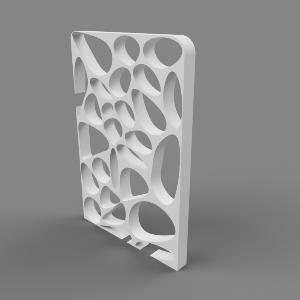Pitch
Air being purified by placing 3D printed Titanium Dioxide modules in facades.
Description
Summary
Additive Manufacturing can produce complex objects in many different materials. A 1500mm.X1500mm.X1000mm. 3D printer with a "paste extruder", will be able to make complex shapes designed by Architects or Designers. These prints will be used as facades in all types of infrastructure. These facades will be printed in a modular way so they can be assembled easily. Titanium Dioxide will be the matrix of the mix, clay and cement will be used as well to produce a consistent mix for the 3D printer. This mix is a photocatalytic cement that uses titanium dioxide as a primary component.
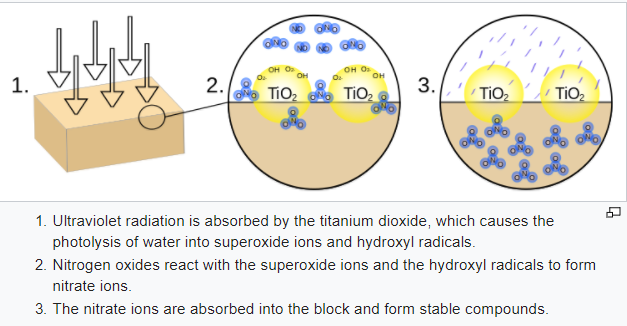
Picture1. TiO2 behavior with NOx. Obtained from Noxer block proyect,
The main reason of using TiO2, is that titanium dioxide is a heterogeneous photocatalyst that uses sunlight to absorb and render oxides of nitrogen (NO and NO2) harmless by converting them to nitrate ions (NO3), which then can be washed away by rain or soaked into the concrete to form stable compounds.

Picture2. Round Voronoi Module.

Picture3. Polygon Voronoi Module.
By applying this method on facades, pollution levels will start to drop and therefore lower the amount of photochemical smog.
By using 3D printing, costumers and Architects can give any shape and form to the facade of houses and buildings, this way and clients will have an economic and personalized house that will help clean the air and combat global warming.
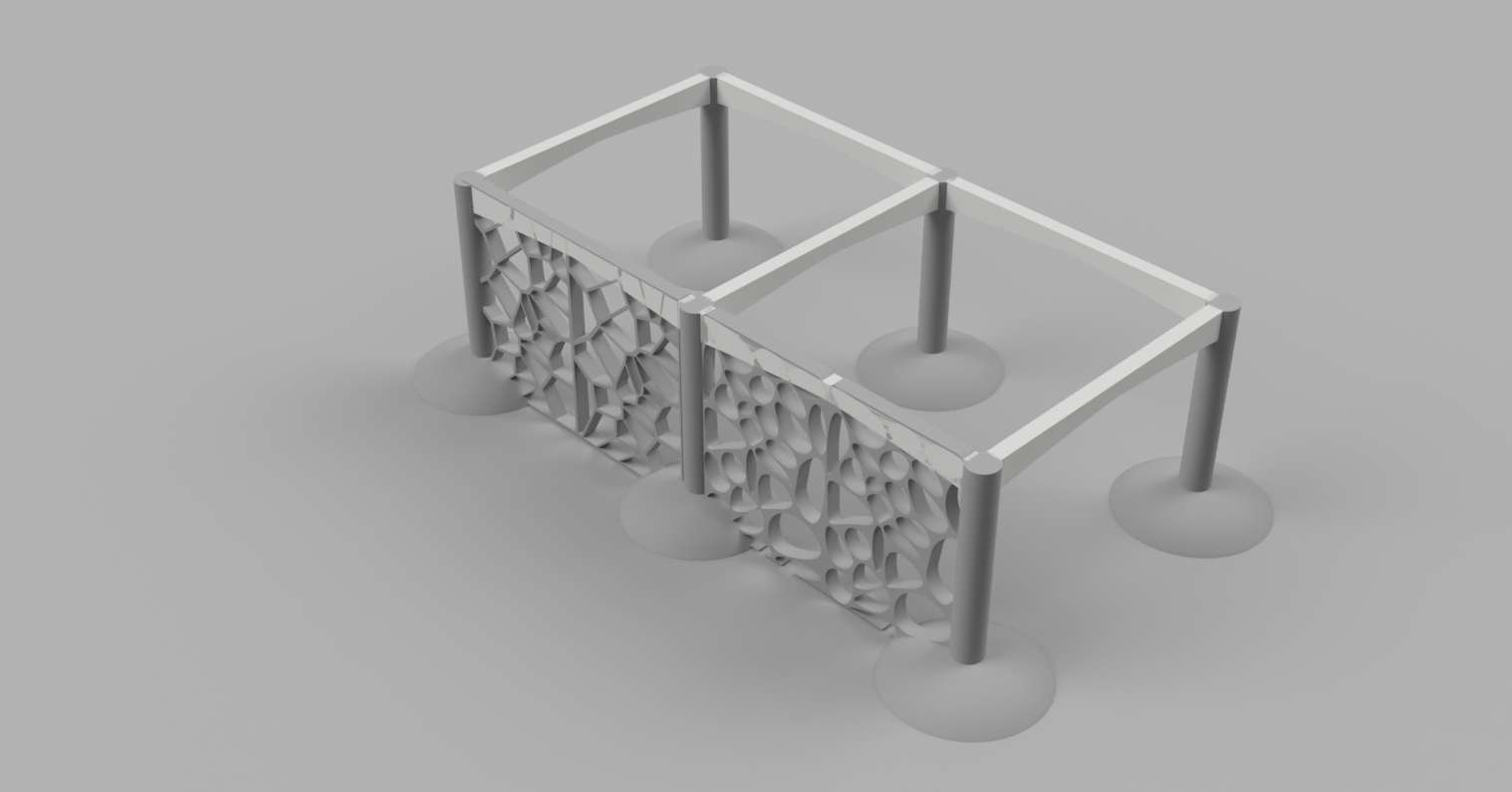
Picture4. Module placed on structural element. Showing Polygon and Round Voronoi Designs, isometric view.
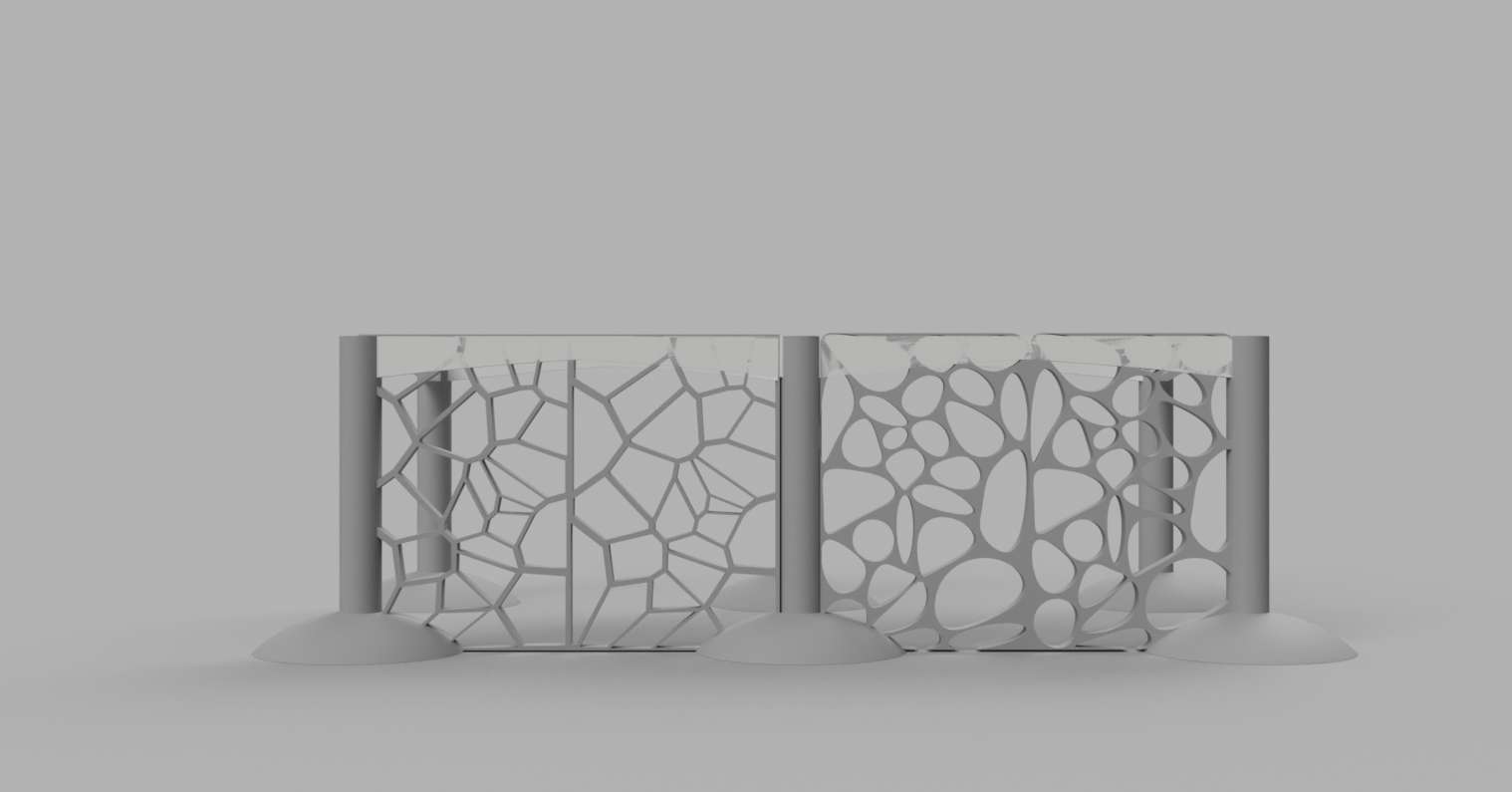
Picture5. Module placed on structural element. Showing Polygon and Round Voronoi Designs, front view.
Is this proposal for a practice or a project?
Not sure
What actions do you propose?
- Proof of concept - With a small investment, tests can be realized to obtain data about the pollution % being reduced by cm2 from titanium dioxide composite .
- Financing - With approximately $500.00 USD. a high quality, large volume 3D printer can be made as well as tests to obtain a great TiO2 mixture. This will help the project run tests and compare different mixtures and agglomerates for the material that is going to be used.
- First product - Get in touch with architects and get a project that will use the modules for the first time.
- Investment - Get a larger investment to produce more 3D printers and explore other materials that can be used.
- Press and Marketing - With a great marketing campaign, Architects all over the world will start using these modules and start offering these as a service to help reduce pollution in their communities.
- Breath :) and enjoy how infrastructure starts changing its shape while it cleans the air.
Who will take these actions?
Urban Developers - They are always looking at different wayS to improve the quality of the cities, they can be the ones that propose the governemt and architects about these modules and are good looking and they clean the air.
Architects - Talk to many architects and show them about the cool forms the can accomplish on the facades. They are always looking to perzonalize their proyects without having to invest a huge amount of money.
Government - The government relies on the health of the people so they don´t stop working and keep producing. They would be very interested on implementing a new futuristic look to their cities while pollution is being reduced every day,
Where will these actions be taken?
These modules would work best is high density megacities, where the concentration of pollution is very high. These cities must have a semi-developed urban infrastructure to buy/produce this technology. Target cities are those that have industrial activity or high use of transportation vehicles.
Some target cities include:
India: Ghaziabad, Faridabad, Kanpur
Mongolia: Ulaanbaatar
Bangladesh: Dhaka
China: Guangzhou
Mexico: Mexico City, Toluca, Monterrey
Turkey: Instambul
In addition, specify the country or countries where these actions will be taken.
China
Country 2
India
Country 3
Iran
Country 4
Egypt
Country 5
Mexico
Impact/Benefits
What impact will these actions have on greenhouse gas emissions and/or adapting to climate change?
"...TiO2 nanoparticles currently used by Pacific Paints in their Boysen KNOxOUT™ paint. In one trial in Manila’s Guadalupe train station, Cristal Global painted 4,100 m2 of exterior wall and found the paint removed about 26 g of NOX per 100 m2 of painted surface. The company claims each painted square meter could remove 80 g of NOX per year...."
By using data from this article, a common 2 story house with a facade area of 252m2. Would be reducing 201 grams per year per house. If 5000 houses in 5 different countries start putting modules on their houses, 5 tons of pollutant would be taken out of the air.
What are other key benefits?
By applying Additive Manufacturing Technology, the modules can acquire any shape. This is very helpful because these modules can adapt to the current architecture and culture from each country. This way the technology can be accepted by everyone despite their beliefs and culture.
In this example, the module has the "Peace" character in Chinese.
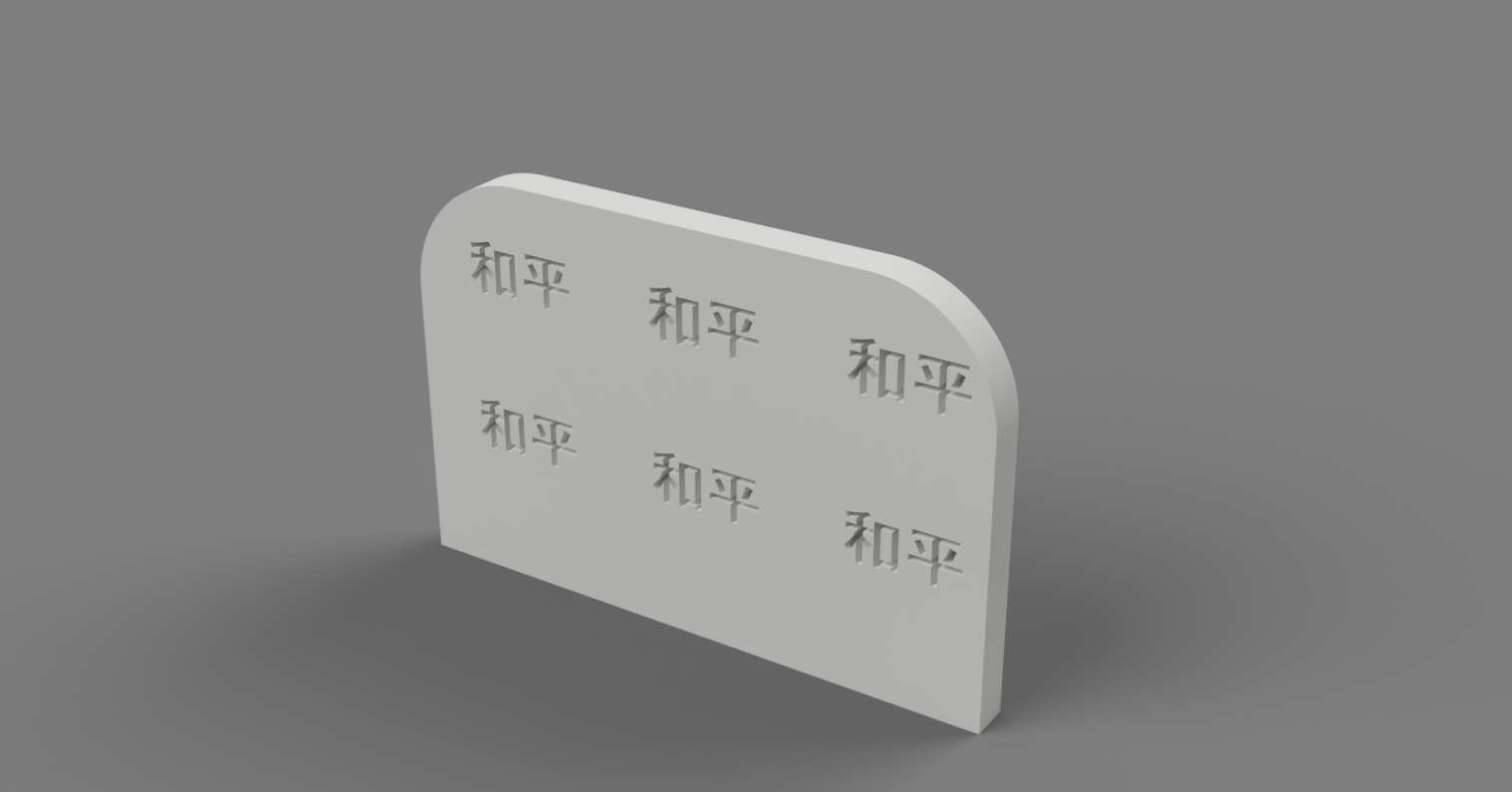
Costs/Challenges
What are the proposal’s projected costs?
The main cost is the 3D printer and the material. I am currently making one myself and the cost of a big volume 3D printer is about $1,000.00 USD.
Many tests should be done to get the perfect mix of TiO2, clay, cement and other materials. Material Cost: $2,000.00 USD.
Administration cost per month to get all legal and financing paperwork in order (3 people). $2,000 USD per month.
2 Chemists/Lab per month $1,5000.00 USD per month.
Marketing Campaign: $3,000.00
Certifications: Unknown.
Total: 27,000 USD for 6 months.
Timeline
Short-term:
During the first 15 years, the shape of the buildings will start transforming into more organic shapes, as the cities change the way they look, the air will also begin to change and all the Urban areas will start reducing their NOx ppm index.
Medium-term:
On year 16, the pollution in the area will start to mitigate and at the end of year 50, the pollution will be completely neutralized. These facades will start getting new shapes that will combine with renewable energy. Soon these facades are not only going to mitigate pollution, they will be able to be strong enough to support solar panels and small eolic generators to combine energy and infrastructure into one solid module.
Long-term:
After 50 years, there will be a variety of intelligent materials that would be applied to each city to attack certain type of molecule in the air. These materials are even going to change their properties by themselves to attack the most abundant pollutant in the air. And cities are going to have a good and stable air quality.
This technology could event start to be used on industrial processes to reduce the amount of pollution produced by any combustion process.
The technology will become so well known, that makers and designers will be able to produce their own super-efficient TiO2 filter to help their communities as an open source movement.
About the author(s)
I am a 24 year old civil engineer. I currently work in a real estate developer. I am also a designer/maker and entrepreneur working of projects that involve technology, specially 3D printing.
I bought my first 3D printer on October 2014 and started a 3D printing and design business on my University. Since then I have acquired a great passion of 3D printing and other exponential technologies. I read about them and their progress every day.
I still have the business going on around Mexico City. I designed my own FDM 3D printer, which I have sold to several people.
I believe that a 3D printer is an extraordinary tool that everybody should know how to use or should have. People need to learn about Additive Manufacturing and how it can help you solve personal every day problems as well as complex engineering and industrial problems.
Related Proposals
References
All the data was obtained on September 3rd, 2017.
https://en.wikipedia.org/wiki/Titanium_dioxide
https://es.wikipedia.org/wiki/Noxer
